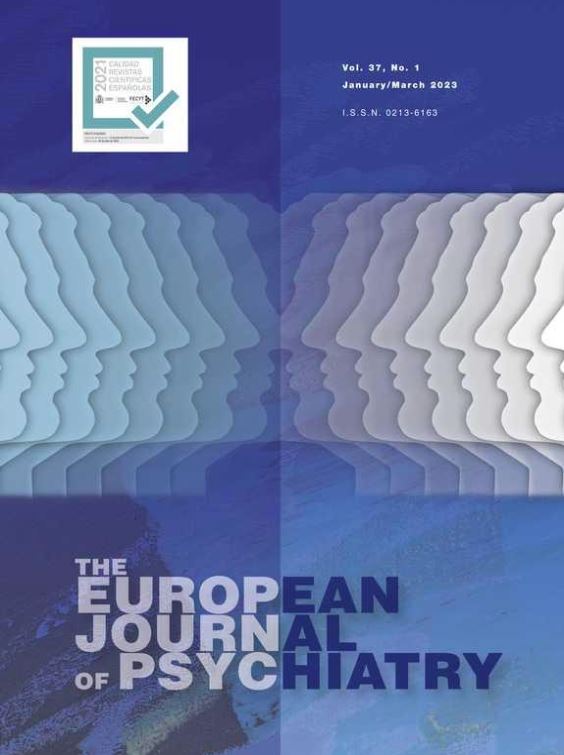Masked arterial hypertension (MAHT) is defined as the patient having normal office blood pressure (BP) (<140/90 mmHg) and hypertensive out-of-office BP. It was first described back in 1991 by Devereux and Pickering1 and it usually refers to treatment-naïve patients. On the other hand, masked uncontrolled hypertension (MUCH) represents a relatively new medical entity that includes hypertensive patients with normal office and above normal out-of-office BP values and who are on antihypertensive therapy.2
Both entities represent a relatively common BP phenotype as the prevalence of MAHT and MUCH is 10% and 13% respectively.3 This is of great importance because they are both associated with a higher risk of hypertension-mediated organ damage (HMOD) such as left ventricular hypertrophy, high pulse wave velocity, or an increased carotid intima-media thickness. Moreover, they are both linked to an increased risk of fatal and non-fatal cardio and cerebrovascular events, which is similar to the risk from sustained arterial hypertension.3 Finally, patients with MAHT have a greater risk of developing sustained arterial hypertension and diabetes mellitus compared to the true normotensives. One should have in mind that this increased cardiovascular risk is regardless of the method of out-of-office BP measurement (home blood pressure monitoring (HBPM) and ambulatory blood pressure monitoring (ABPM)).
The etiology of MAHT/MUCH is complex and multifactorial. It includes common cardiovascular risk factors such as age, smoking, obesity, and sex. However, these risk factors cannot explain why someone has normal office BP and hypertensive out-of-office BP. Patients with high BP due to alcohol consumption or smoking may have lower office blood pressure as a result of being abstinent when visiting doctors.4 Furthermore, a decreased baroreceptor sensitivity in the elderly, obstructive sleep apnea in obese patients and shortened sleep time in adolescents can also be a reasonable explanation for MAHT/MUCH.
However, patients with daytime MAHT/MUCH usually complain about job strain and mental stress. Indeed, MAHT and MUCH are often associated with emotional disturbances like stress, anxiety, and depression. Namely, patients who are exposed to mental stress while being at work or at home may have normal BP while being examined by the doctor and elevated BP on ABPM during stressful circumstances.4 There are two possible explanations for this: a) these patients may feel calm and secure while being in a health-care institution5; b) everyday problems like family issues or problems at work can lead to a stressful situation that can cause an abrupt increase of BP which can only be measured by ABPM.6
This is far from a benign situation. This is why the latest European Society of Cardiology guideline emphasizes the necessity of antihypertensive medications in treating MAHT.7 However, patients with anxiety or depression have low adherence to medication which can lead to a MUCH. Furthermore, by treating consequences we cannot cure causes. Anxiety, depression, and stress are well-known causes of arterial hypertension. We cannot say to someone to change her/his job or to divorce just because she/he suffers from MAHT. However, we can try treating anxiety, depression, and stress. This is why psychiatrists should be involved in evaluating and treating potential psychological causes (stress, anxiety) leading to MAHT/MUCH.
There is no doubt that multimodal behavioral interventions and psychological therapy can lead to a better prognosis in patients with cardiovascular diseases.8 However, no single study has been dealing with the problem of treating anxiety or depression in patients who suffer from MAHT. It would be interesting to see how the treatment of these two psychiatric disorders influences MAHT.
ConclusionMAHT and MUCH are a relatively common BP phenotype which can lead to HMOD, non-fatal and fatal cardiovascular events. Both MAHT and MUCH are often linked to anxiety or depression. Although no paper concerning this topic has been published so far, it seems reasonable that by treating these potential psychological causes we can increase the adherence and the quality of life in MAHT/MUCH patients. Perhaps adequately designed randomized clinical trials can offer us insights into the importance of the treatment of psychological disorders in patients with MAHT/MUCH.
Ethical considerationsThis research does not involve human or animal subjects
FundingThis research did not receive any specific grant from funding agencies in the public, commercial, or not-for-profit sectors.
Conflict of interestThis paper is neither submitted nor prepared for submission to another medical journal in part or as a whole. The authors have no conflict of interest to declare regarding the present paper.




